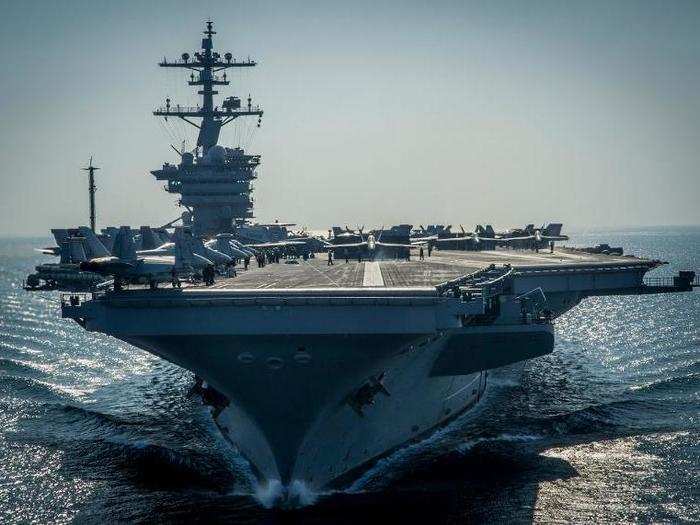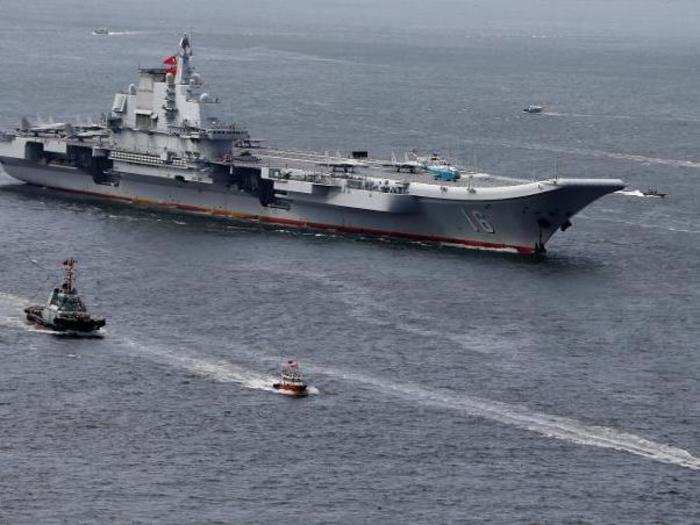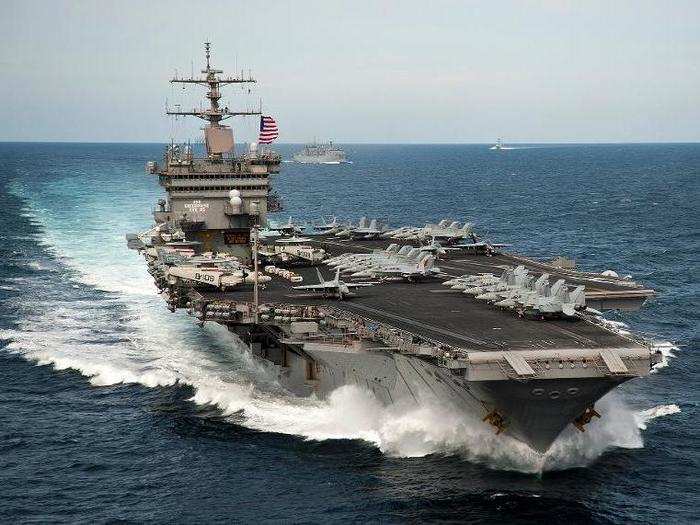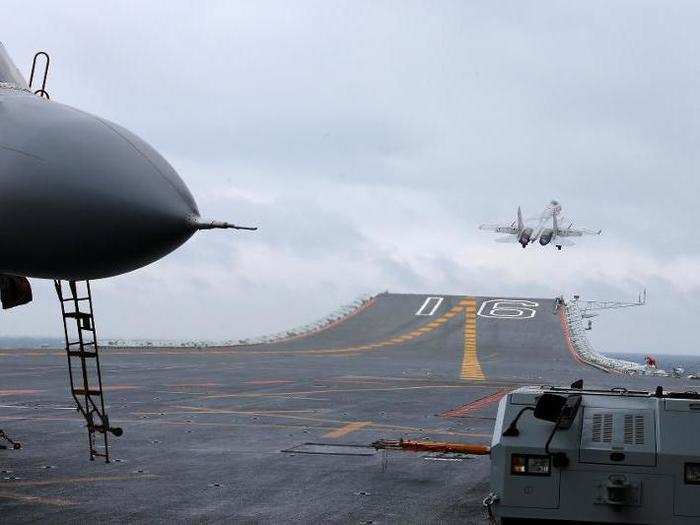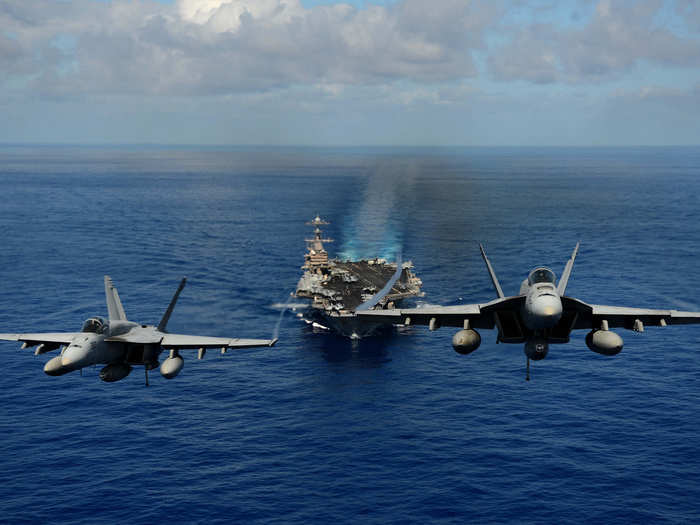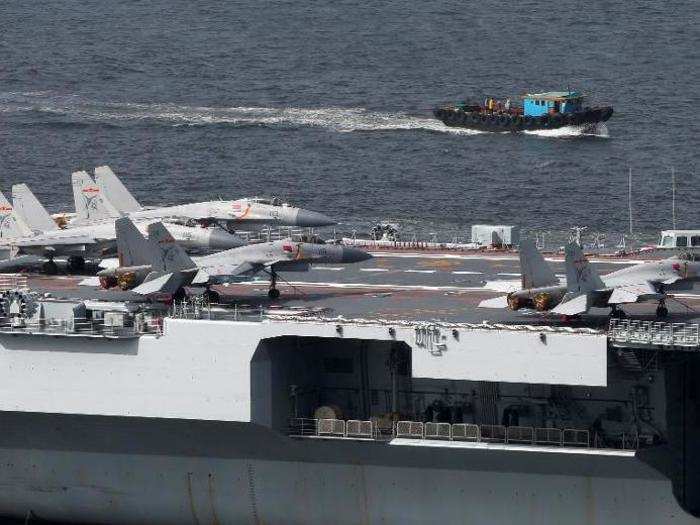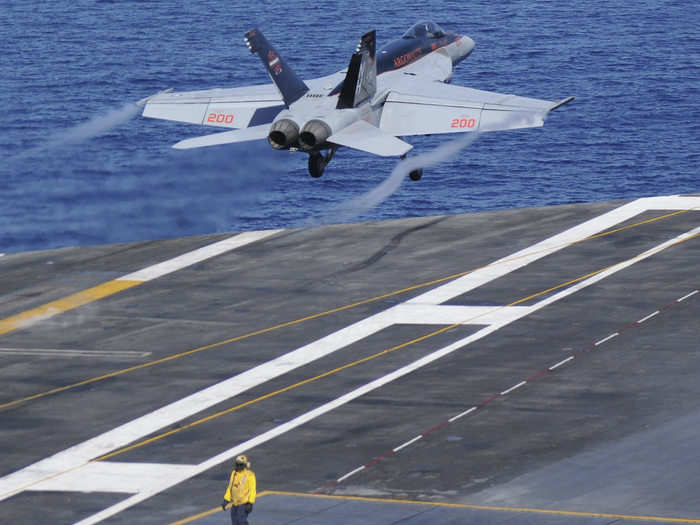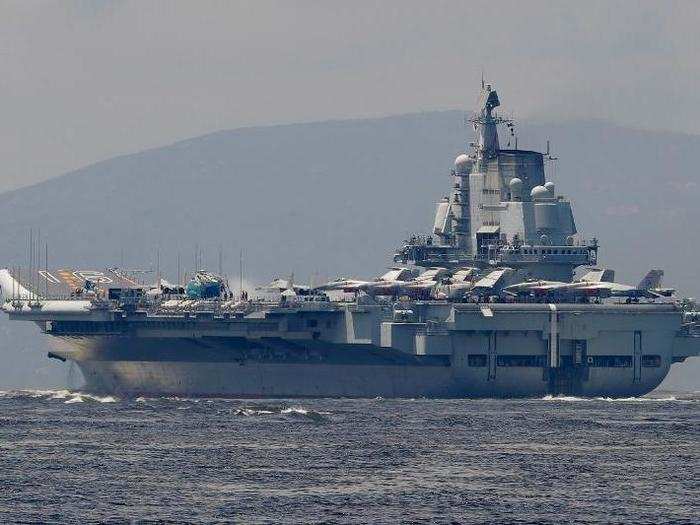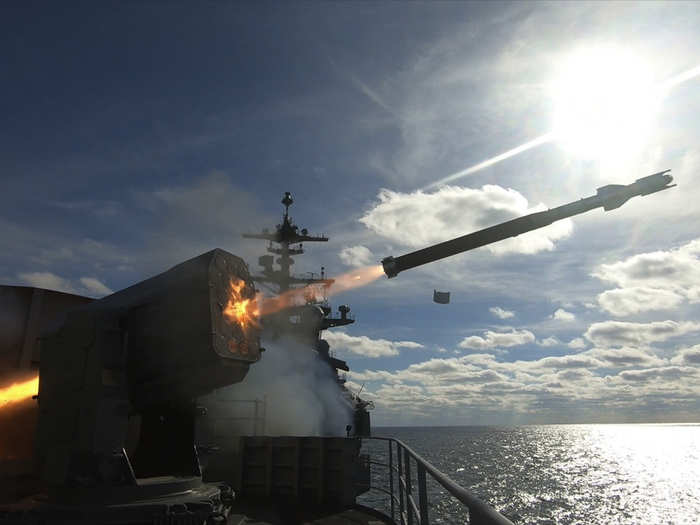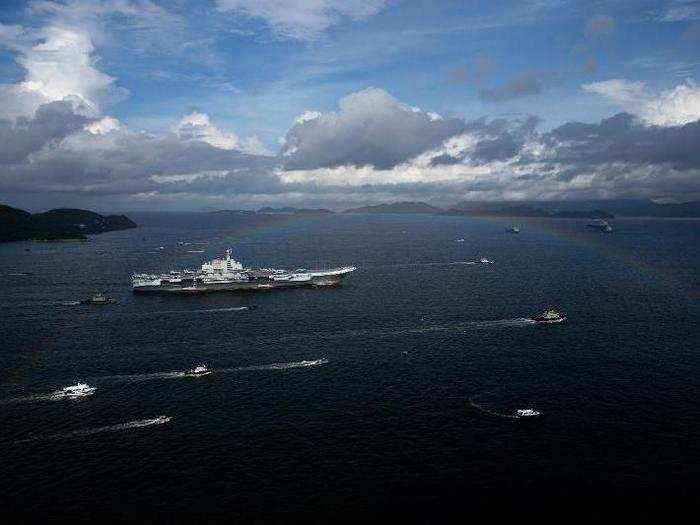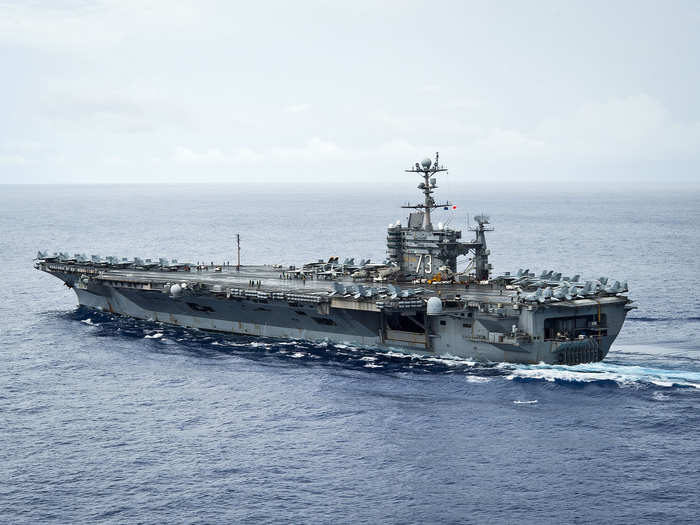China wants to turn its training aircraft carrier into a combat ship - here's how it stacks up against US carriers
The Liaoning, originally known as the Varyag, is about 1,000 feet long and displaces about 60,000 tons fully loaded. It is the sister ship of Russia's disappointing Admiral Kuznetsov carrier.
Popular Right Now
Popular Keywords
Advertisement

